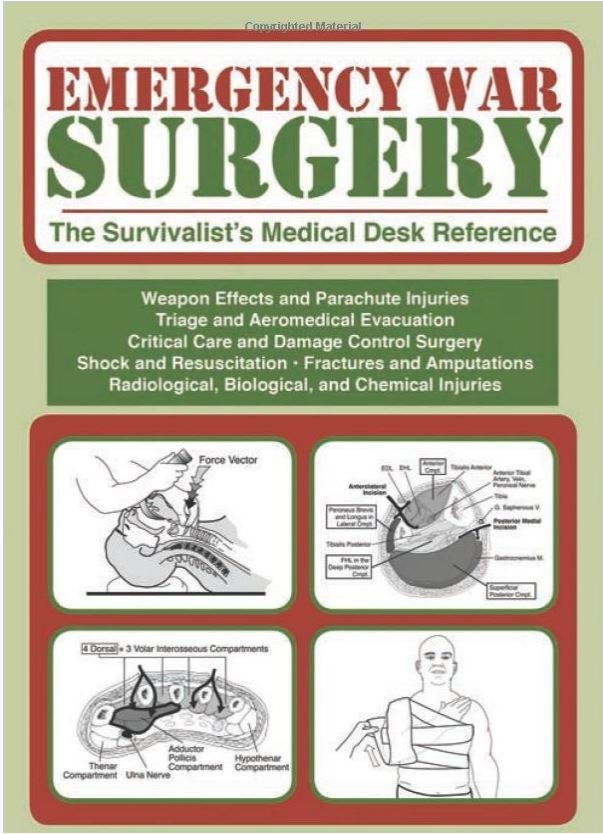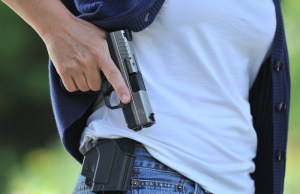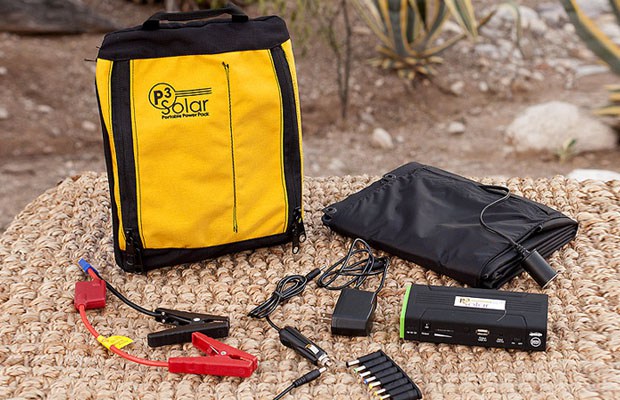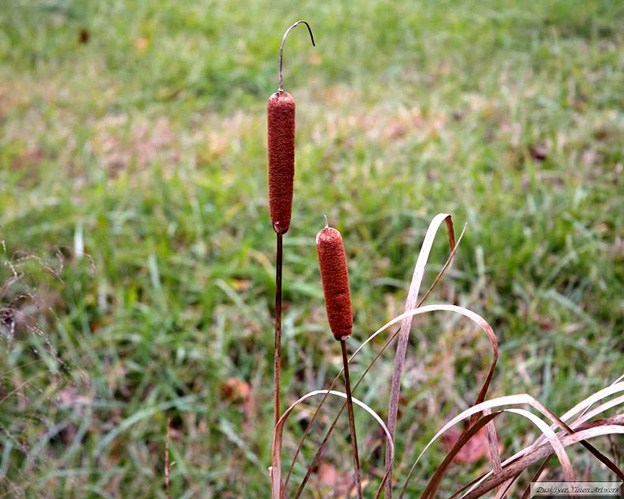Best Type of Air gun for SHTF
There has been a lot written about using an air gun for a SHTF situation. Which caliber to use, the type of air gun, cost of ammo and so on and so on.
Well, after reading all those articles and doing some deep thinking, I came up with what I think is the best type of air gun for SHTF that will serve you the best. Now this is not a must have. You must weigh you own needs want’s and physical ability to find the air gun that suits you best. Those are the factors that will help you make the right choice.
Factors to consider before purchasing an air gun for SHTF
A factor that most people don’t understand is that when your using an air gun to hunt is the difference between an air gun and a powder burner. Both an air gun and powder burner depend on energy to take down game. The difference is how this energy is delivered.
A powder burner does this by a combination of mass (bullet weight + velocity) to transfer a large amount of energy to game to take it down. Heavier bullets and greater velocity allow you to take down large game at distances over 100 yards and depending on the size of the game, out to 1000 yards. This creates a large wound cavity with hyodrostatic shock causing damage to the tissue and taking down the game animal.
An air gun depends more on penetration than shock to the game to take it down. The energy used to do this is measured in foot pounds. The higher the foot pounds the greater your ability to take game down will be. There are two main types of air guns that should be considered for a survival situation; break barrel or PCP.
PCP stands for Pre-Charged Pneumatic. This is an air gun where the air that is used to propel the pellet is compressed externally. This air is compressed using either a special mechanical or hand compressor to reach up to about 3000 psi . The pro side of this is that you can send a heavier pellet down range and take down larger game. PCP’s have taken game the size of American bison, buffalo quickly and humanely. Also a lot of PCP’s have a magazine that allows you work a bolt for fast repeat shots. On the con side you will have to buy at a minimum a means of compressing the air and a portable air tank if you want to extend hunting time.
Break Barrel: On the other hand, if you are using a break barrel you charge it by “breaking” the barrel , thereby cocking it. This compresses the air or the gas in a gas piston type, then you load a pellet and then you’re ready to shoot. Your effective range is shorter due to lower foot pounds delivered to the game animal.
With a break barrel, you can take small game such as rabbits, squirrels and dove out to about 30-40 yards. Your effective hunting success will depend on the environment you’re in, range to the animal pellet choice and your skill level.
The pros of using a break barrel are it’s cheaper to buy and use. Once purchased all you need are pellets and you’re shooting. No additional equipment needed. A con is the size of the game you can take and the range you can be effective in taking this game. Another con is that a break barrel is a single shot, you miss and you might spook the game as you re-cock the gun. Your physical strength is a factor when choosing between a break barrel or a PCP. The break barrel requires more physical dexterity than a PCP. Using a PCP that is charged requires average strength and dexterity to pull the trigger and load the magazine. The break barrel requires you to cock the gun which can be difficult if you have physical limitations.
In my research, I have come across a new break barrel that claims to be the most powerful production break barrel available. This is the Hatsan 135 QE Carnivore Big Bore in .30 caliber.
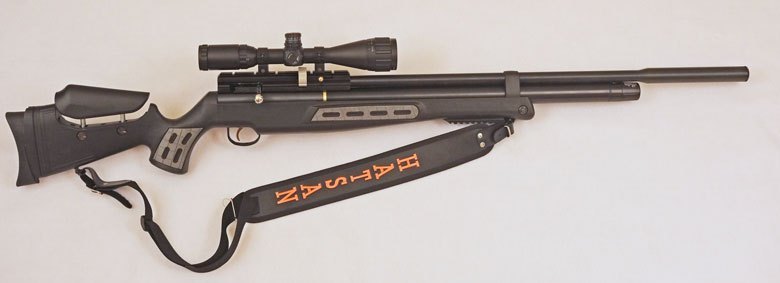
Hatsan BT Big Bore Carnivore QE Air Rifle air rifle
Some of the specs are:
- Caliber 0.30″
- Max Velocity 550 fps
- Muzzle Energy 30 ft/lbs
- Barrel Length 10.6″
- Overall Length 47.2″
- Shot Capacity 1
- Cocking Effort 50 lbs
- Barrel Rifled Yes
- Front Sight Fiber Optic
- Rear Sight Fiber Optic
- Scopeable Weaver & 11mm dovetails
- Trigger Two-stage adjustable
- Buttplate Rubber
- Suggested for Small game hunting/target practice
- Action Break barrel
- Safety Automatic
- Power plant Gas-piston
- Function Single-shot
- Body Type Rifle
- Weight 9.9 lbs
- Shrouded Yes
This is a robust air gun that will meet your needs in most situations, either hunting or a SHTF situation.
When used as a hunting gun the first thing I think you should do is decide if you want to use a scope or not. The gun comes with open sights. This means you can use it straight out the box. Open sights mean you can acquire the target a bit quicker and they are less likely to be knocked out of alignment.
Do you need a scope for your air gun?
A scope on the other hand lets you place your shots a bit more precisely. It also helps if your eyesight is less than perfect. A scope does add cost to the purchase and while modern scopes are well made, you will get what you pay for. If you put a cheap scope on the gun, it will cost you twice as much as you will end up buying a better scope. Make sure you get a scope that is rated for use on air guns. This is due to non PCP air guns having a double shock when firing. While a gas piston may not cause much damage, it’s best to check with the scope manufacturer before purchasing.
Once you choose between open sights or a scope, your next step is to find the best pellet for the air gun. While it will shoot any .30 pellet, it will be more accurate with certain pellets. The only way to find the best one is to buy several brands, go to a range and sight it in. You need to do this no matter which type of sight your using. This rifle also has an Integrated Sound Moderator (Shrouded). What this does is to reduce the sound of firing down-range. Depending on how close your neighbors are you might be able to practice in your backyard. Make sure you check before shooting and make sure your not violating any local or home owners association rules
Ok, your air gun is sighted in, you’re got the pellet your accurate with, so what can you hunt with the rifle?
Depending on your state you may be able to hunt game up to deer size. Now you will not be taking deer at 200 yards. That is way beyond the capability of the rifle. For most deer size game I would not go much farther than 50 yards. If your state has a feral hog problem this rifle will work on hogs also. Treat it as if your bow hunting. For smaller game like squirrels and rabbits, I would add about another 20 to 25 yards.
Shot placement is very important when hunting, it’s even more so when using an air rifle.. Head shots are the most humane way to take most game. You should be able to place most shots in a dime sized shot group before you go hunting.
So there you have it, my idea of the best air gun for a SHTF situation. Is it the most powerful? No. Nor is it the most accurate air rifle you can buy. Are there other calibers that can be used? Of course. They are just not as versatile. This is one that will do most of the jobs you need it to do at a cost, ease of use and maintenance most people can afford. As with any tool, the more you practice, the better you will become in its use.
There has been a lot written about using an air gun for a SHTF situation. Which caliber to use, the type of air gun, cost of ammo and so on












